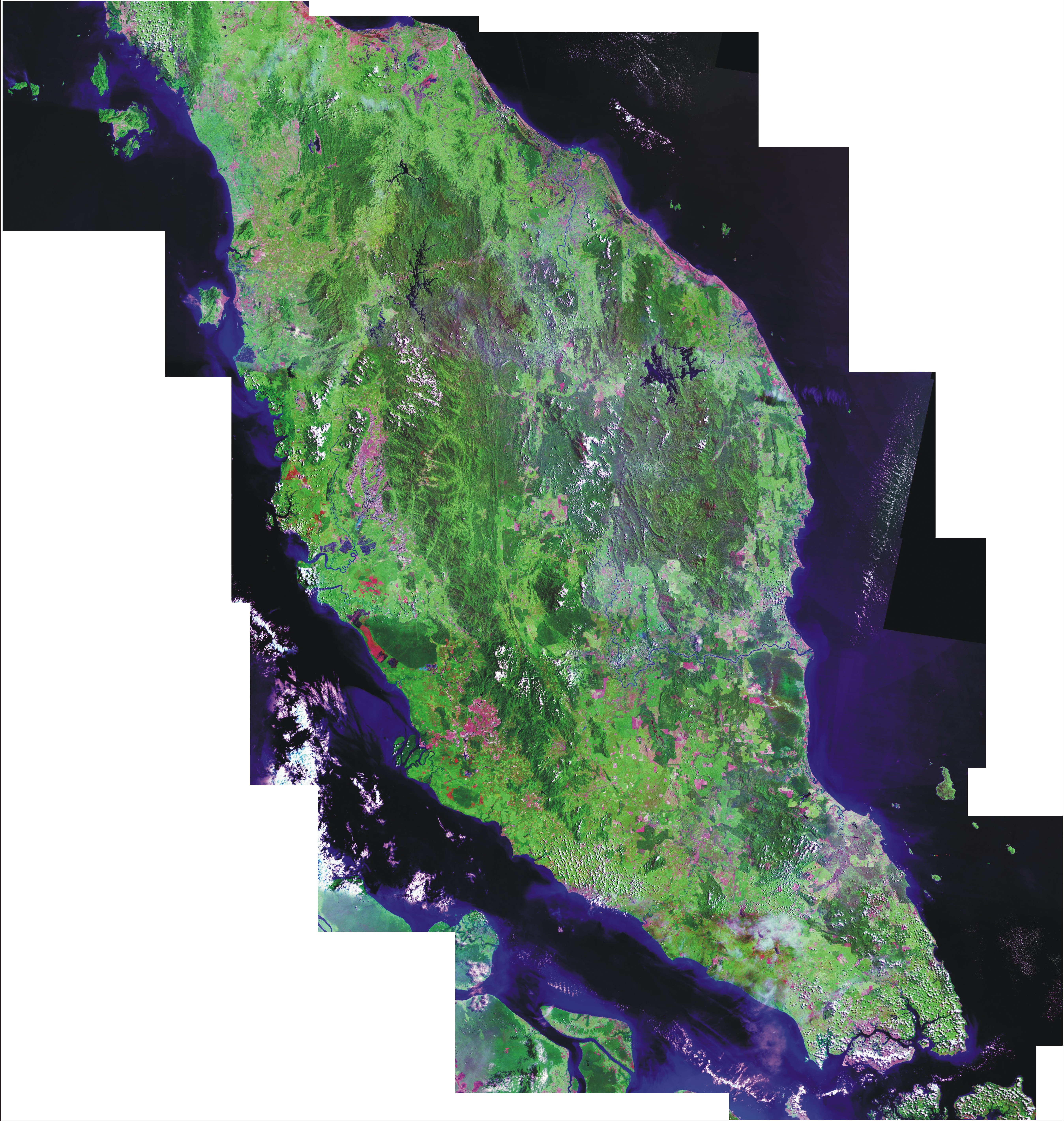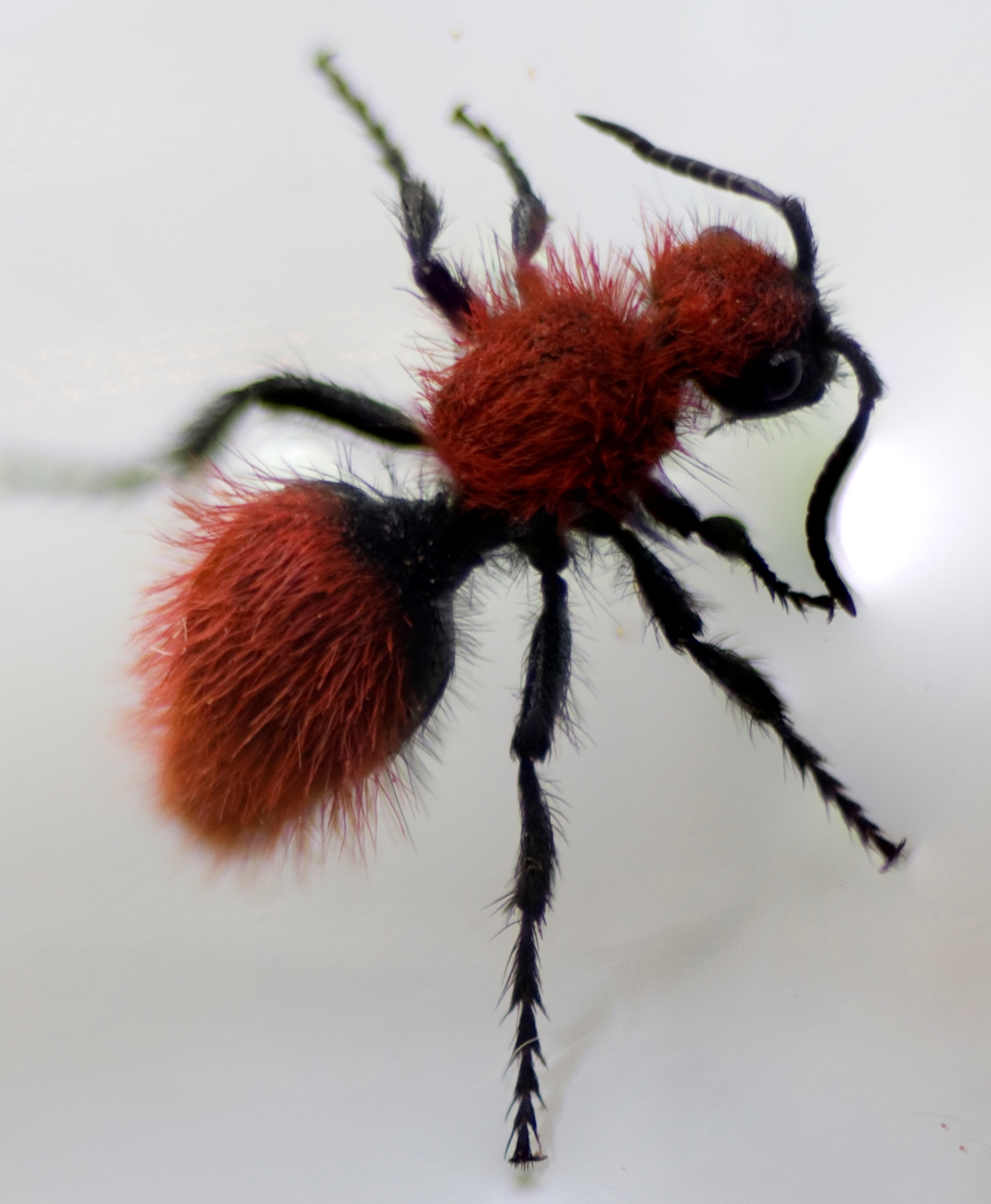|
Tirachoidea Biceps
''Tirachoidea biceps'' is a species of stick insect in the order Phasmatodea. It is endemic to Java, Peninsula Malaysia, and Sumatra. Females of this species average and are apterous. Although males are fully winged, their flight capability is poor. ''Tirachoidea biceps'' was previously known as ''Pharnacia ''Pharnacia''Stål C (1877) ''Öfversigt af Kongliga Vetenskaps-Akademiens Förhandlingar'' 34 (10): 40. is a tropical Asian genus of stick insects in the family Phasmatidae and subfamily Clitumninae (tribe Pharnaciini). Species The Catalogue ...'' but is distinguishable by two bumps on their hind head. References External links Phasmid Study Group: ''Tirachoidea biceps'' {{Taxonbar, from=Q111699872 Phasmatidae Insects described in 1908 Phasmatodea of Malesia ... [...More Info...] [...Related Items...] OR: [Wikipedia] [Google] [Baidu] |
Pharnacia
''Pharnacia''Stål C (1877) ''Öfversigt af Kongliga Vetenskaps-Akademiens Förhandlingar'' 34 (10): 40. is a tropical Asian genus of stick insects in the family Phasmatidae and subfamily Clitumninae (tribe Pharnaciini). Species The Catalogue of Life The Catalogue of Life is an online database that provides an index of known species of animals, plants, fungi, and microorganisms. It was created in 2001 as a partnership between the global Species 2000 and the American Integrated Taxonomic Info ... lists: * '' Pharnacia borneensis'' Hennemann & Conle, 2008 * '' Pharnacia heros'' Redtenbacher, 1908 * '' Pharnacia kalag'' Zompro, 2005 * '' Pharnacia palawanica'' Hennemann & Conle, 2008 * '' Pharnacia ponderosa'' Stål, 1877 - type species * '' Pharnacia rex'' (Günther, 1928) * '' Pharnacia sumatrana'' (Brunner von Wattenwyl, 1907) * '' Pharnacia tirachus'' (Westwood, 1859) References External links * {{Taxonbar, from=Q10626660 Phasmatodea genera Phasmatodea of Asia ... [...More Info...] [...Related Items...] OR: [Wikipedia] [Google] [Baidu] |
Stick Insect
The Phasmatodea (also known as Phasmida, Phasmatoptera or Spectra) are an order of insects whose members are variously known as stick insects, stick-bugs, walking sticks, stick animals, or bug sticks. They are also occasionally referred to as Devil's darning needles, although this name is shared by both dragonflies and crane flies. They can be generally referred to as phasmatodeans, phasmids, or ghost insects, with phasmids in the family Phylliidae called leaf insects, leaf-bugs, walking leaves, or bug leaves. The group's name is derived from the Ancient Greek ', meaning an apparition or phantom, referring to their resemblance to vegetation while in fact being animals. Their natural camouflage makes them difficult for predators to detect; still, many species have one of several secondary lines of defense in the form of startle displays, spines or toxic secretions. Stick insects from the genera '' Phryganistria'', '' Ctenomorpha'', and '' Phobaeticus'' include the world's l ... [...More Info...] [...Related Items...] OR: [Wikipedia] [Google] [Baidu] |
Endemic
Endemism is the state of a species being found in a single defined geographic location, such as an island, state, nation, country or other defined zone; organisms that are indigenous to a place are not endemic to it if they are also found elsewhere. For example, the Cape sugarbird is found exclusively in southwestern South Africa and is therefore said to be ''endemic'' to that particular part of the world. An endemic species can be also be referred to as an ''endemism'' or in scientific literature as an ''endemite''. For example ''Cytisus aeolicus'' is an endemite of the Italian flora. ''Adzharia renschi'' was once believed to be an endemite of the Caucasus, but it was later discovered to be a non-indigenous species from South America belonging to a different genus. The extreme opposite of an endemic species is one with a cosmopolitan distribution, having a global or widespread range. A rare alternative term for a species that is endemic is "precinctive", which applies to ... [...More Info...] [...Related Items...] OR: [Wikipedia] [Google] [Baidu] |
Java
Java (; id, Jawa, ; jv, ꦗꦮ; su, ) is one of the Greater Sunda Islands in Indonesia. It is bordered by the Indian Ocean to the south and the Java Sea to the north. With a population of 151.6 million people, Java is the world's most populous island, home to approximately 56% of the Indonesian population. Indonesia's capital city, Jakarta, is on Java's northwestern coast. Many of the best known events in Indonesian history took place on Java. It was the centre of powerful Hindu-Buddhist empires, the Islamic sultanates, and the core of the colonial Dutch East Indies. Java was also the center of the Indonesian struggle for independence during the 1930s and 1940s. Java dominates Indonesia politically, economically and culturally. Four of Indonesia's eight UNESCO world heritage sites are located in Java: Ujung Kulon National Park, Borobudur Temple, Prambanan Temple, and Sangiran Early Man Site. Formed by volcanic eruptions due to geologic subduction of the Aust ... [...More Info...] [...Related Items...] OR: [Wikipedia] [Google] [Baidu] |
Peninsula Malaysia
Peninsular Malaysia ( ms, Semenanjung Malaysia; Jawi: سمننجڠ مليسيا), or the States of Malaya ( ms, Negeri-negeri Tanah Melayu; Jawi: نڬري-نڬري تانه ملايو), also known as West Malaysia or the Malaysian Peninsula, is the part of Malaysia that occupies the southern half of the Malay Peninsula in Southeast Asia and the nearby islands. Its area totals , which is nearly 40% of the total area of the country; the other 60% is in East Malaysia. For comparison, it is slightly larger than England (130,395 km2). It shares a land border with Thailand to the north and a maritime border with Singapore to the south. Across the Strait of Malacca to the west lies the island of Sumatra, and across the South China Sea to the east lie the Natuna Islands of Indonesia. At its southern tip, across the Strait of Johor, lies the island country of Singapore. Peninsular Malaysia accounts for the majority (roughly 81.3%) of Malaysia's population and economy; as of 2017, i ... [...More Info...] [...Related Items...] OR: [Wikipedia] [Google] [Baidu] |
Sumatra
Sumatra is one of the Sunda Islands of western Indonesia. It is the largest island that is fully within Indonesian territory, as well as the sixth-largest island in the world at 473,481 km2 (182,812 mi.2), not including adjacent islands such as the Simeulue, Nias, Mentawai, Enggano, Riau Islands, Bangka Belitung and Krakatoa archipelago. Sumatra is an elongated landmass spanning a diagonal northwest–southeast axis. The Indian Ocean borders the northwest, west, and southwest coasts of Sumatra, with the island chain of Simeulue, Nias, Mentawai, and Enggano off the western coast. In the northeast, the narrow Strait of Malacca separates the island from the Malay Peninsula, which is an extension of the Eurasian continent. In the southeast, the narrow Sunda Strait, containing the Krakatoa Archipelago, separates Sumatra from Java. The northern tip of Sumatra is near the Andaman Islands, while off the southeastern coast lie the islands of Bangka and Belitun ... [...More Info...] [...Related Items...] OR: [Wikipedia] [Google] [Baidu] |
Apterous
Aptery is the anatomical condition of an animal completely lacking any kind of wings. An animal with this condition is said to be apterous. Most animal species belong to and are phylogenetic descendants of apterous taxa. These groups are said to be primarily apterous. Insects that are primarily apterous belong to the subclass Apterygota. Apterous is an adjective that means that the insect or organism is wingless and usually refers to a particular form of an insect that may have wings, or a wingless species in a group that typically has wings, e.g. many Orthoptera (grasshoppers and allies) and Hymenoptera Hymenoptera is a large order (biology), order of insects, comprising the sawfly, sawflies, wasps, bees, and ants. Over 150,000 living species of Hymenoptera have been described, in addition to over 2,000 extinct ones. Many of the species are Par ... (wasps). In some groups, one sex may be apterous while the other is winged, e.g. Mutillidae (velvet ants). In other cases a ... [...More Info...] [...Related Items...] OR: [Wikipedia] [Google] [Baidu] |
Phasmatidae
The Phasmatidae are a family of the stick insects (order Phasmatodea). They belong to the superfamily Anareolatae of suborder Verophasmatodea. Like many of their relatives, the Phasmatidae are capable of regenerating limbs and commonly reproduce by parthenogenesis. Despite their bizarre, even threatening appearance, they are harmless to humans. The Phasmatidae contain some of the largest insects in existence. An undescribed species of '' Phryganistria'' is the longest living insect known, able to reach a total length of 64 cm (25.2 inch). Subfamilies Following the Phasmid Study Group, nine subfamilies are recognized in the Phasmatidae. Other treatments differ, sometimes recognizing as few as six. The Lonchodinae were historically often placed in the Diapheromeridae, the other family of the Anareolatae. The Phasmatinae are often expanded to include the two tribes here separated as the Clitumninae, while the Extatosomatinae may be similarly included in the Tropidoderinae ... [...More Info...] [...Related Items...] OR: [Wikipedia] [Google] [Baidu] |
Insects Described In 1908
Insects (from Latin ') are pancrustacean hexapod invertebrates of the class Insecta. They are the largest group within the arthropod phylum. Insects have a chitinous exoskeleton, a three-part body (head, thorax and abdomen), three pairs of jointed legs, compound eyes and one pair of antennae. Their blood is not totally contained in vessels; some circulates in an open cavity known as the haemocoel. Insects are the most diverse group of animals; they include more than a million described species and represent more than half of all known living organisms. The total number of extant species is estimated at between six and ten million; In: potentially over 90% of the animal life forms on Earth are insects. Insects may be found in nearly all environments, although only a small number of species reside in the oceans, which are dominated by another arthropod group, crustaceans, which recent research has indicated insects are nested within. Nearly all insects hatch from eggs. Insect ... [...More Info...] [...Related Items...] OR: [Wikipedia] [Google] [Baidu] |
.jpg)




